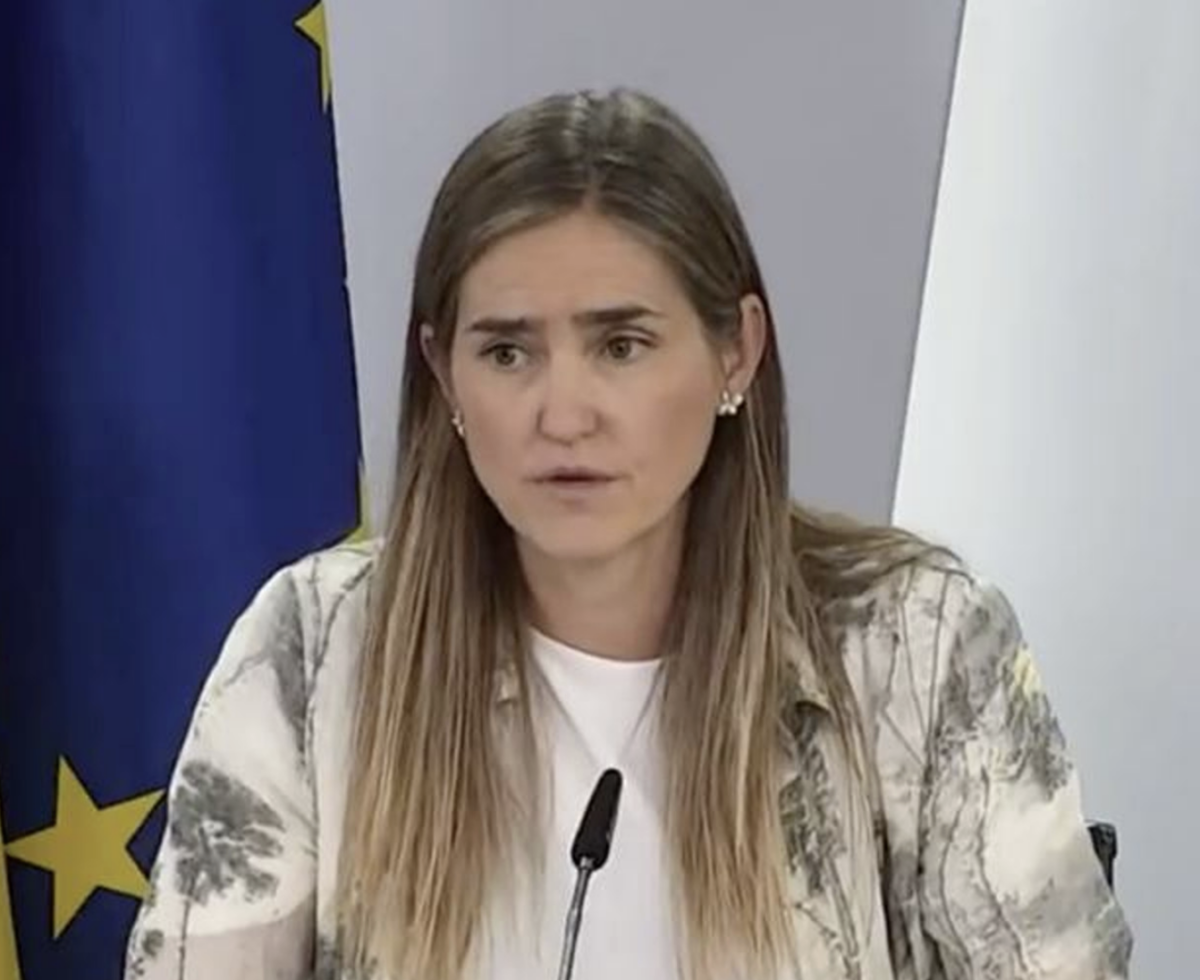Spain’s Minister for the Ecological Transition, Sara Aagesen, has unveiled an official report regarding the April 28 power outage. Additionally, she introduced 11 measures aimed at enhancing grid reliability and avoiding similar incidents in the future.

Sara Aagesen, Spain’s minister for ecological transition, has released a report analyzing the causes of the April 28 power grid crisis, attributing it to multiple factors.
She outlined three primary causes that drove the system beyond recovery: inadequate voltage regulation capability, oscillations resulting from operational limitations, and generation shutdowns she termed “apparently improper.”
In essence, the lack of proper voltage management stemmed from shortcomings in the system operator’s preparedness, compounded by the failure of several generators to function as needed.
Aagesen highlighted irregularities in the power grid on April 27 and the morning of the outage. Instability was evident from 9 a.m., she noted, with repeated alerts issued by control centers.
However, the actual blackout was set off by a surge in voltage, triggering a cascading effect and subsequent disconnections that further destabilized the grid.
Voltage regulation failure
The system was ill-equipped to handle dynamic voltage fluctuations.
Aagesen pointed out that synchronous power plants—including nuclear, hydroelectric, and combined-cycle facilities—meant to regulate voltage did not absorb reactive power as intended, worsening the overvoltage situation.
Spanish solar association UNEF echoed this, stating, “All the reactive power that was expected in a context of high voltages” was left unabsorbed by thermal plants contracted and incentivized for this purpose.
System oscillations and operator response
Corrective actions taken by the grid operator inadvertently amplified stress on the system.
While Red Eléctrica de España (REE) had adequate generation capacity, Aagesen noted it failed to preemptively allocate sufficient resources to prevent voltage surges.
Generator failures and blackout trigger
Persistent high voltage before the outage forced protective shutdowns. By 12:33 p.m. (CEST), multiple plants had exceeded operational limits, Aagesen reported.
Incomplete data disclosure
The minister expressed disappointment over missing data requested from involved parties, a gap previously flagged by ENTSO-E.
Proposed reforms
Aagesen unveiled an 11-measure emergency decree, with eight addressing grid operation and three targeting cybersecurity enhancements.
She clarified no cyberattack was detected but warned of vulnerabilities requiring mitigation. “This report should be understood as an analytical tool and, above all, as a tool for action. An opportunity to strengthen what works and review what can be improved.”
UNEF emphasized that solar technology could aid voltage control but is restricted by current rules. “From the photovoltaic sector, we positively value the announcement made today by Minister Sara Aagesen that the approval of the Operation 7.4 procedure will be accelerated, which will allow photovoltaic technology to contribute to controlling grid voltage,” the group stated, urging faster adoption of grid-forming inverters and storage solutions to stabilize renewables-driven grids.

